Code
HCS27235
Weight
2 Kg / 4.41 lbs
Size
Height
41cm (16") Width
15cm (6") Material
Copper amd Gold
Availability
Available

Safe Payment
We accept Paypal, Money Transfer, Bank Transfer
Confidence
Protection covers your purchase and personal data.
Worldwide Delivery
We ship Worldwide, except Russia.Shipping cost US$25.2 for upto 0.5 kgs

Hotline
Talk to help line for your question on 9841267335Partly Gold plating.
This Copper 2-layer Incense Burner With [silver, Copper And Gold Plating], [makal, Maka, Incense Burner] has a Partly gold-plated finish. Partly fire gold gilding, a common practice in Nepali handicrafts. This technique is skillfully employed by artisans to create intricate designs on various metal objects, including statues, jewelry, and decorative items. Through a process, a mask or resist is applied to safeguard specific areas from the gold plating. The object is then subjected to high temperatures, allowing the gold to beautifully adhere to exposed surfaces using a combination of heat and pressure.
In the realm of Buddhist statues, this technique holds additional significance as it distinguishes the golden-plated body from the oxidized or maroon-painted clothing. This visual separation conveys the contrast between the divine purity of the body and the modest attire symbolizing the humble lifestyle of Buddhist monks. The partly fire gold gilding not only adds exquisite detail and elegance but also embodies the deep cultural and spiritual meaning associated with these treasured artifacts. Read More . . .
This Copper 2-layer Incense Burner With [silver, Copper And Gold Plating], [makal, Maka, Incense Burner] has a Partly gold-plated finish. Partly fire gold gilding, a common practice in Nepali handicrafts. This technique is skillfully employed by artisans to create intricate designs on various metal objects, including statues, jewelry, and decorative items. Through a process, a mask or resist is applied to safeguard specific areas from the gold plating. The object is then subjected to high temperatures, allowing the gold to beautifully adhere to exposed surfaces using a combination of heat and pressure.
In the realm of Buddhist statues, this technique holds additional significance as it distinguishes the golden-plated body from the oxidized or maroon-painted clothing. This visual separation conveys the contrast between the divine purity of the body and the modest attire symbolizing the humble lifestyle of Buddhist monks. The partly fire gold gilding not only adds exquisite detail and elegance but also embodies the deep cultural and spiritual meaning associated with these treasured artifacts. Read More . . .
Silver Plated
The Copper 2-layer Incense Burner With [silver, Copper And Gold Plating], [makal, Maka, Incense Burner] has a full Silver plated finish, Sliver plating process involves the application of a thin layer of genuine silver onto the surface of the Copper 2-layer Incense Burner With [silver, Copper And Gold Plating], [makal, Maka, Incense Burner], creating a stunning and lustrous appearance. Skilled artisans handle the silver plating, ensuring even coverage and a flawless finish. The silver plating adds a touch of elegance and sophistication to the Copper 2-layer Incense Burner With [silver, Copper And Gold Plating], [makal, Maka, Incense Burner], enhancing its overall aesthetic appeal. Read More . . .
The Copper 2-layer Incense Burner With [silver, Copper And Gold Plating], [makal, Maka, Incense Burner] has a full Silver plated finish, Sliver plating process involves the application of a thin layer of genuine silver onto the surface of the Copper 2-layer Incense Burner With [silver, Copper And Gold Plating], [makal, Maka, Incense Burner], creating a stunning and lustrous appearance. Skilled artisans handle the silver plating, ensuring even coverage and a flawless finish. The silver plating adds a touch of elegance and sophistication to the Copper 2-layer Incense Burner With [silver, Copper And Gold Plating], [makal, Maka, Incense Burner], enhancing its overall aesthetic appeal. Read More . . .
what is Makal :
The Maka, also known as Makal, is a traditional incense burner with a rich cultural heritage in Nepal and Tibet. It serves as both a functional item for burning incense and a beautiful decorative piece for the home. Crafted meticulously from brass, the Maka exhibits a stunning design that adds an aesthetic touch to any space.
The incense burner features a unique swinging mechanism, allowing it to sway gently as the incense burns, creating a mesmerizing and calming effect. The swinging motion also helps distribute the fragrance of the incense throughout the room, creating an atmosphere conducive to meditation, relaxation, or spiritual practices.
The incense burner features a unique swinging mechanism, allowing it to sway gently as the incense burns, creating a mesmerizing and calming effect. The swinging motion also helps distribute the fragrance of the incense throughout the room, creating an atmosphere conducive to meditation, relaxation, or spiritual practices.
The Maka is specifically designed for burning powdered or raw incense. It consists of a bowl-shaped container, often adorned with intricate patterns or motifs, where the incense is placed. The lid of the Maka usually has holes or perforations to allow the fragrant smoke to escape while keeping the burning incense securely inside.
One of the practical benefits of the Maka is its ability to collect the ashes in one place. As the incense burns, the ashes fall into the bowl, making it convenient for cleaning and maintenance. The Maka can be easily emptied, ensuring that the surrounding area remains tidy and free from debris.
Beyond its functional purpose, the Maka holds cultural significance and symbolizes reverence for spirituality and rituals. It is a cherished item in many Tibetan and Nepali households, often passed down through generations, and is used during religious ceremonies, meditation practices, and auspicious occasions.
The combination of its elegant design, the gentle swinging motion, the captivating aroma, and the convenience of collecting ashes makes the Maka a cherished item that adds a touch of spirituality and beauty to any space.
I hope this detailed description provides you with a clearer understanding of the Maka or Makal incense burner. If you have any further questions or need additional information, feel free to ask!
One of the practical benefits of the Maka is its ability to collect the ashes in one place. As the incense burns, the ashes fall into the bowl, making it convenient for cleaning and maintenance. The Maka can be easily emptied, ensuring that the surrounding area remains tidy and free from debris.
Beyond its functional purpose, the Maka holds cultural significance and symbolizes reverence for spirituality and rituals. It is a cherished item in many Tibetan and Nepali households, often passed down through generations, and is used during religious ceremonies, meditation practices, and auspicious occasions.
The combination of its elegant design, the gentle swinging motion, the captivating aroma, and the convenience of collecting ashes makes the Maka a cherished item that adds a touch of spirituality and beauty to any space.
I hope this detailed description provides you with a clearer understanding of the Maka or Makal incense burner. If you have any further questions or need additional information, feel free to ask!


![Copper 2-layer Incense Burner With [silver, Copper And Gold Plating], [makal, Maka, Incense Burner]](https://handicraftseller.com/uploads/pics/product/thumb/2022/11/27235_2.jpg)
![Copper 2-layer Incense Burner With [silver, Copper And Gold Plating], [makal, Maka, Incense Burner]](https://handicraftseller.com/uploads/pics/product/thumb/2022/11/27235_3.jpg)
![Copper 2-layer Incense Burner With [silver, Copper And Gold Plating], [makal, Maka, Incense Burner]](https://handicraftseller.com/uploads/pics/product/thumb/2022/11/27235_4.jpg)
![Copper 2-layer Incense Burner With [silver, Copper And Gold Plating], [makal, Maka, Incense Burner]](https://handicraftseller.com/uploads/pics/product/thumb/2022/11/27235_5.jpg)
![Copper 2-layer Incense Burner With [silver, Copper And Gold Plating], [makal, Maka, Incense Burner]](https://handicraftseller.com/uploads/pics/product/thumb/2022/11/27235_6.jpg)
![Copper 2-layer Incense Burner With [silver, Copper And Gold Plating], [makal, Maka, Incense Burner]](https://handicraftseller.com/uploads/pics/product/thumb/2022/11/27235.jpg)
![Copper 2-layer Incense Burner With [silver, Copper And Gold Plating], [makal, Maka, Incense Burner]](https://handicraftseller.com/uploads/pics/product/thumb/2022/11/27235_0.jpg)
![Copper 2-layer Incense Burner With [silver, Copper And Gold Plating], [makal, Maka, Incense Burner]](https://handicraftseller.com/uploads/pics/product/thumb/2022/11/27235_1.jpg)

 Jade Stone,
Jade Stone, 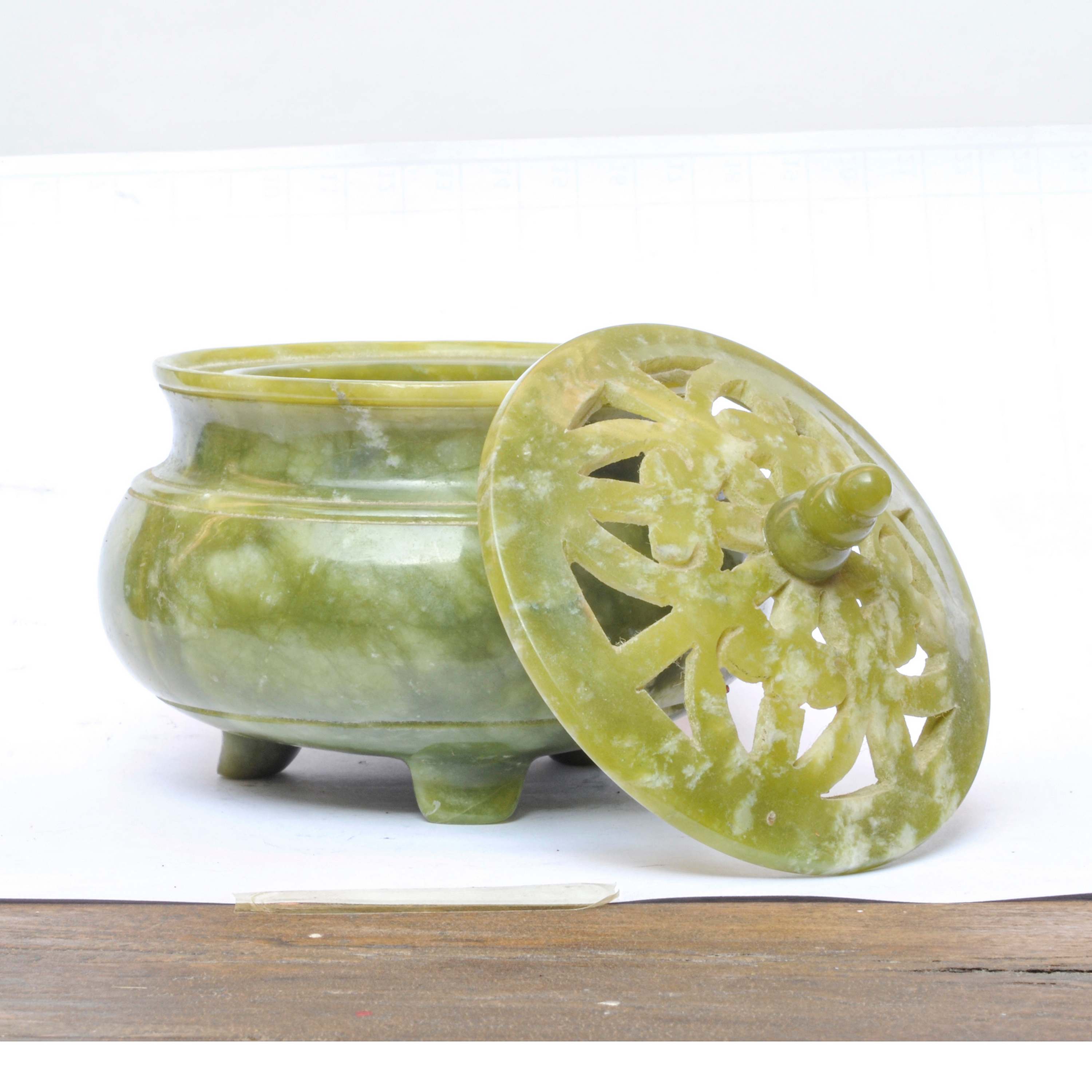 Jade Stone,
Jade Stone,  Antique,
Antique, 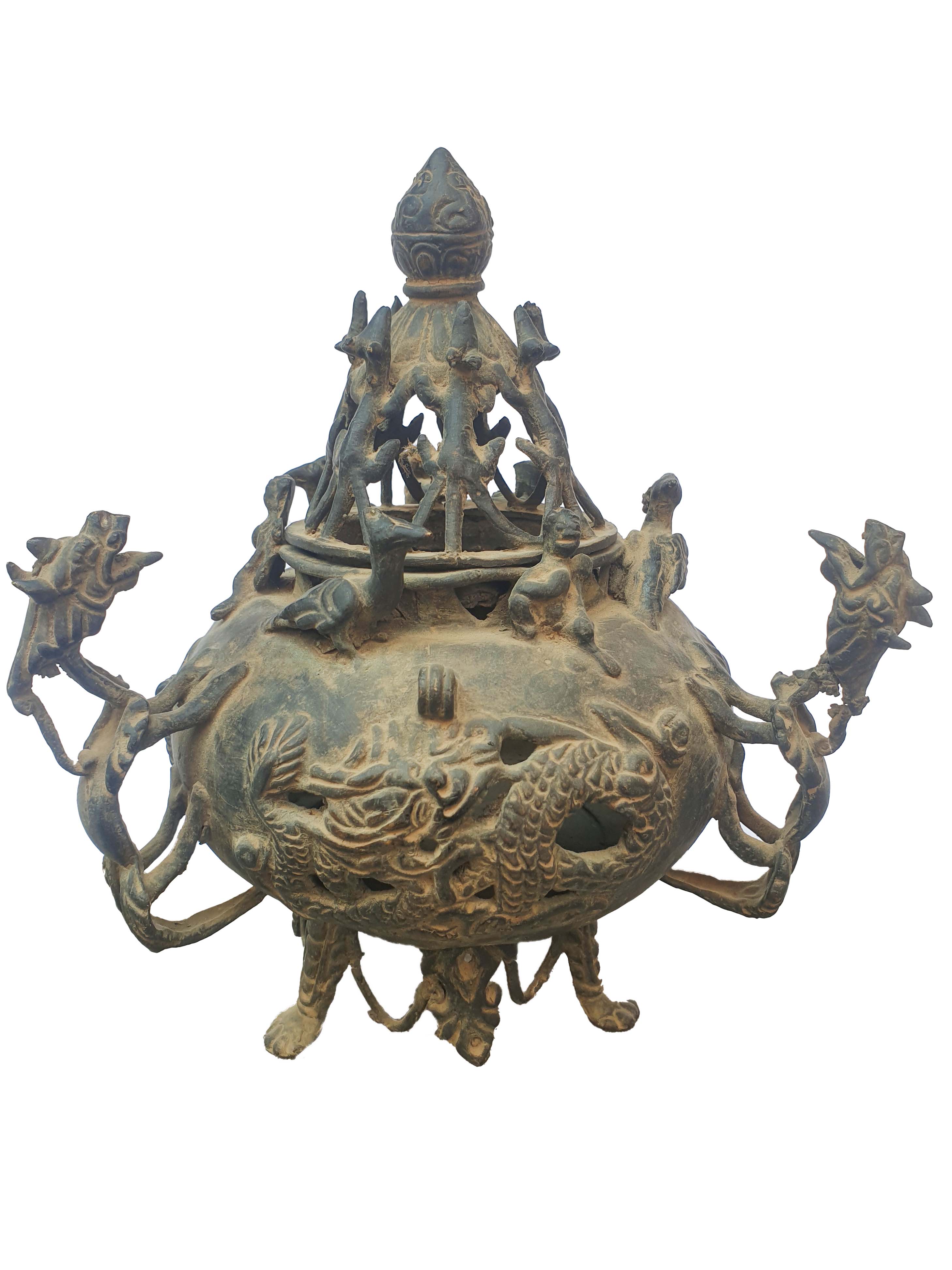 Antique,
Antique, 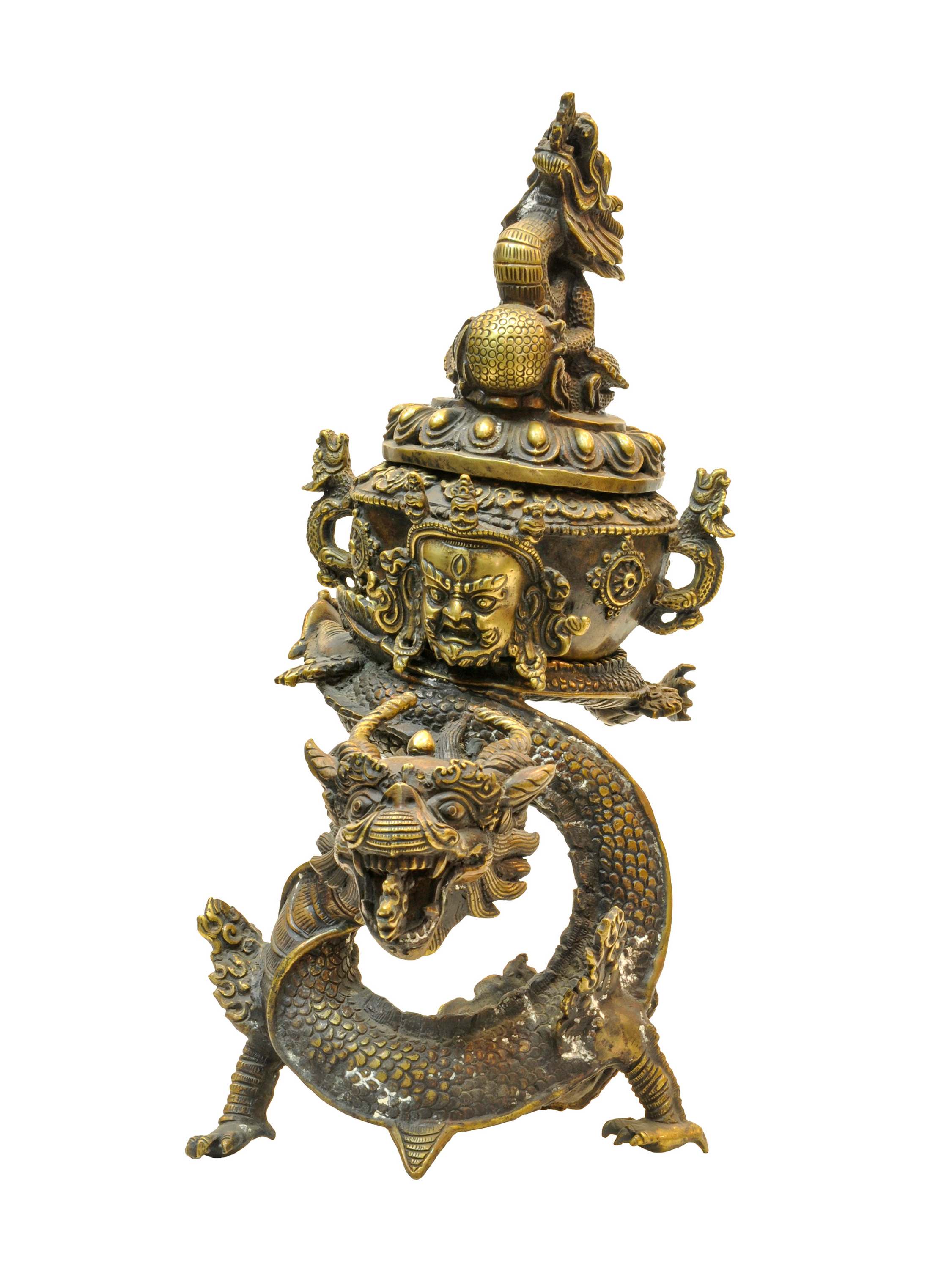 of
of 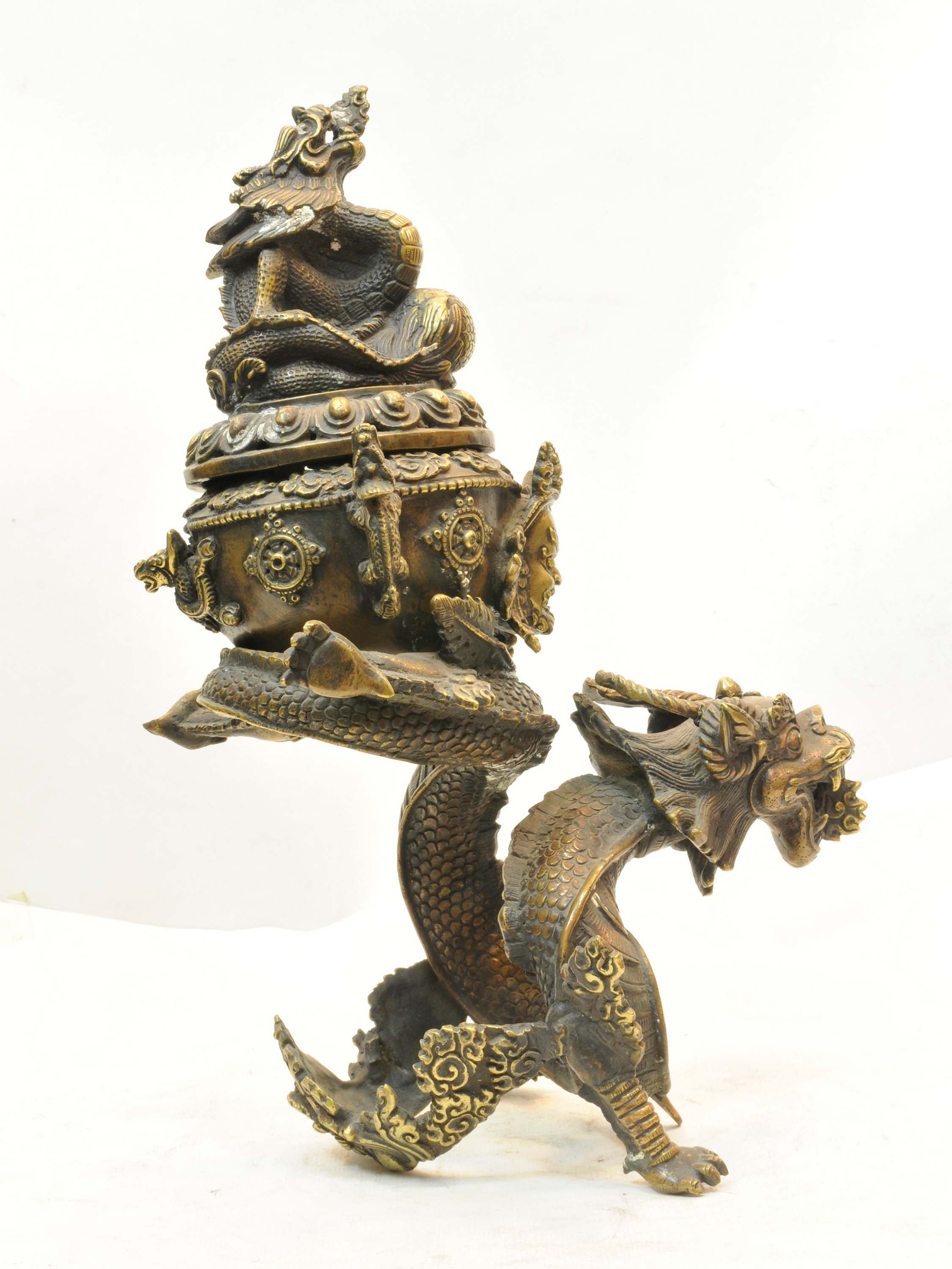 of
of  Sivler
Sivler 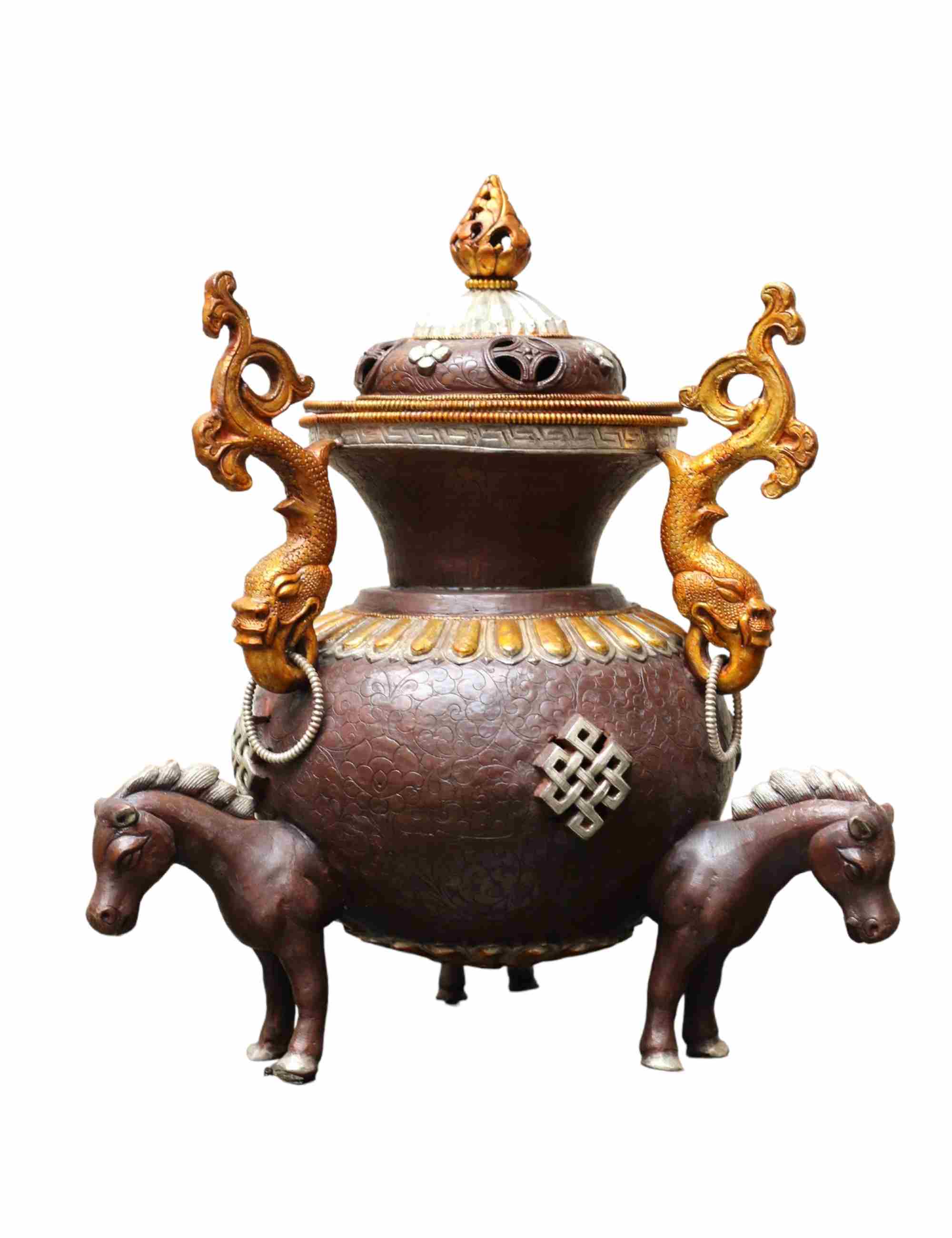 Sivler
Sivler  Makal, Maka, Incense Burner" title="Copper Dragon Incense Burner Silver Plated Copper Oxidized,
Makal, Maka, Incense Burner" title="Copper Dragon Incense Burner Silver Plated Copper Oxidized, 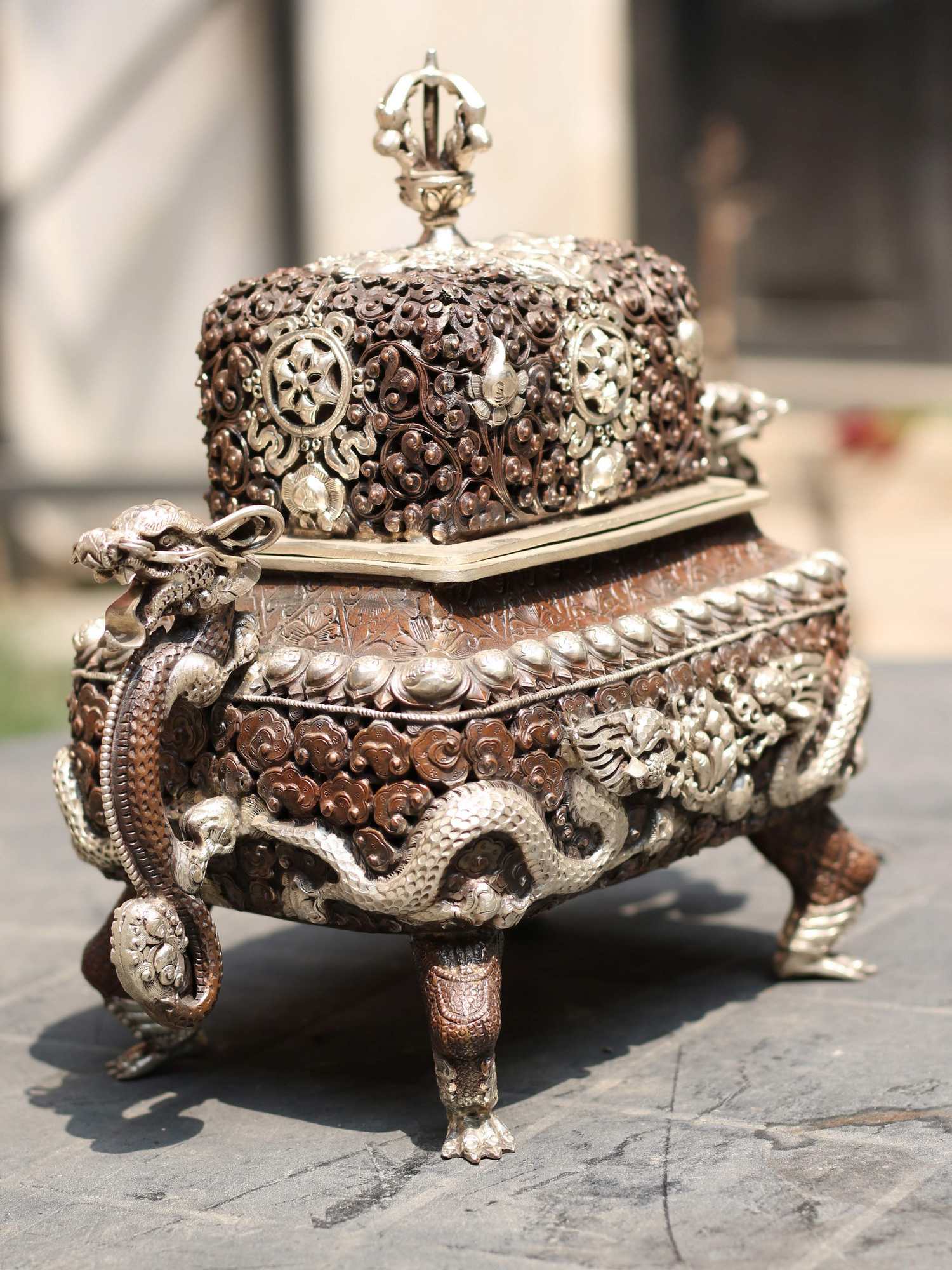 Makal, Maka, Incense Burner" title="Copper Dragon Incense Burner Silver Plated Copper Oxidized,
Makal, Maka, Incense Burner" title="Copper Dragon Incense Burner Silver Plated Copper Oxidized,  Silver
Silver 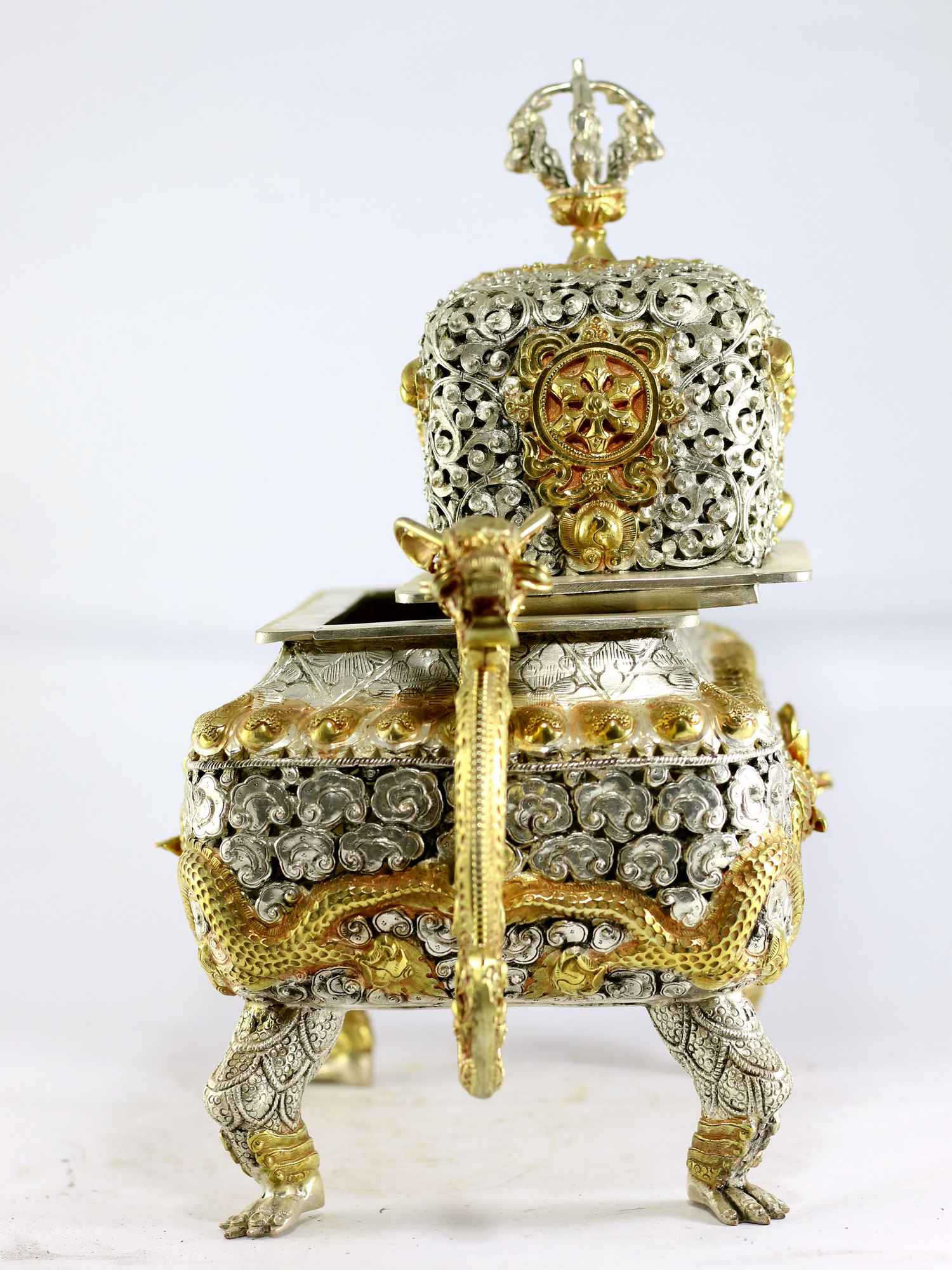 Silver
Silver  and Holder, Copper Antique Finishing,
and Holder, Copper Antique Finishing,  and Holder, Copper Antique Finishing,
and Holder, Copper Antique Finishing, 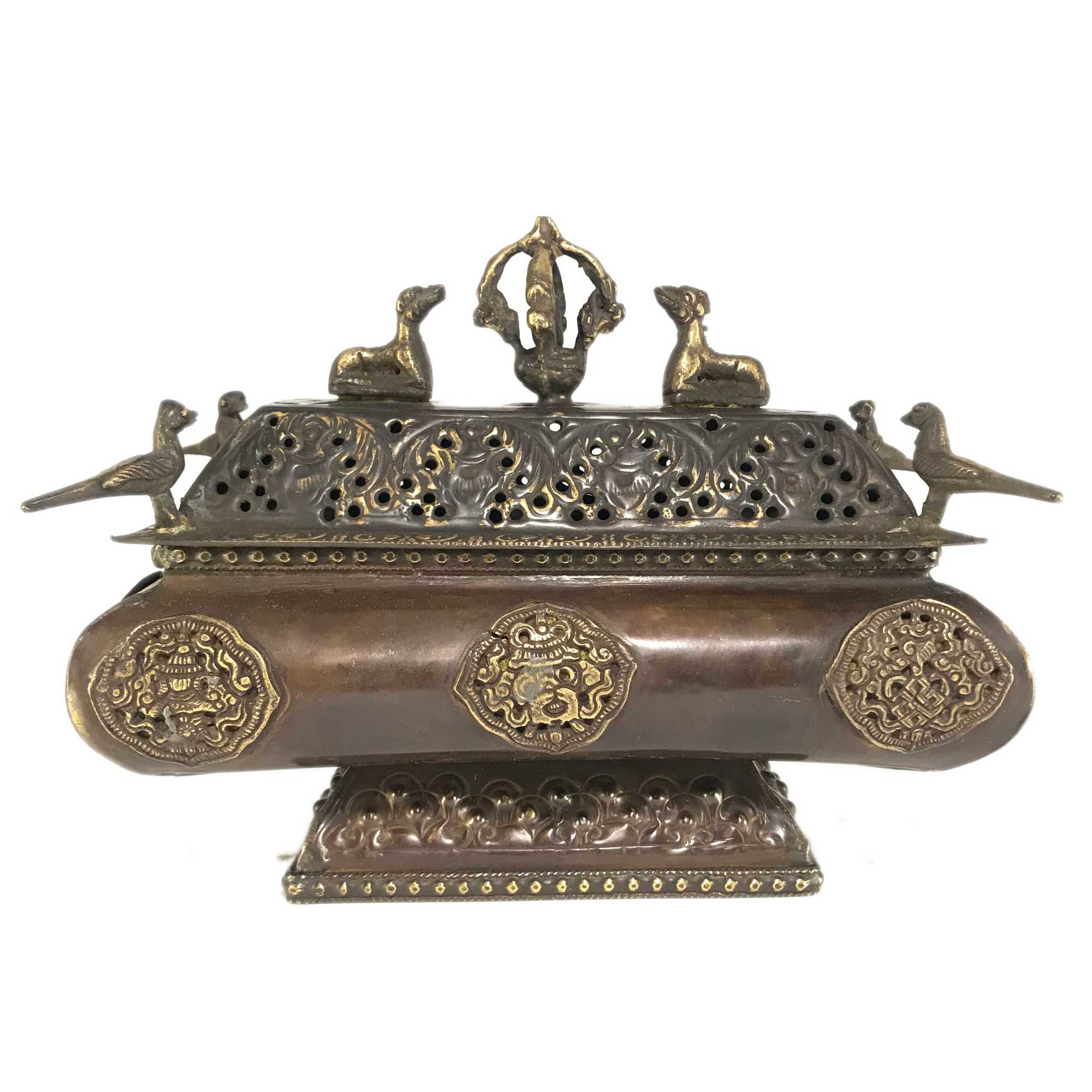 Antique Finishing,
Antique Finishing,  Antique Finishing,
Antique Finishing,  Oxidized,
Oxidized, 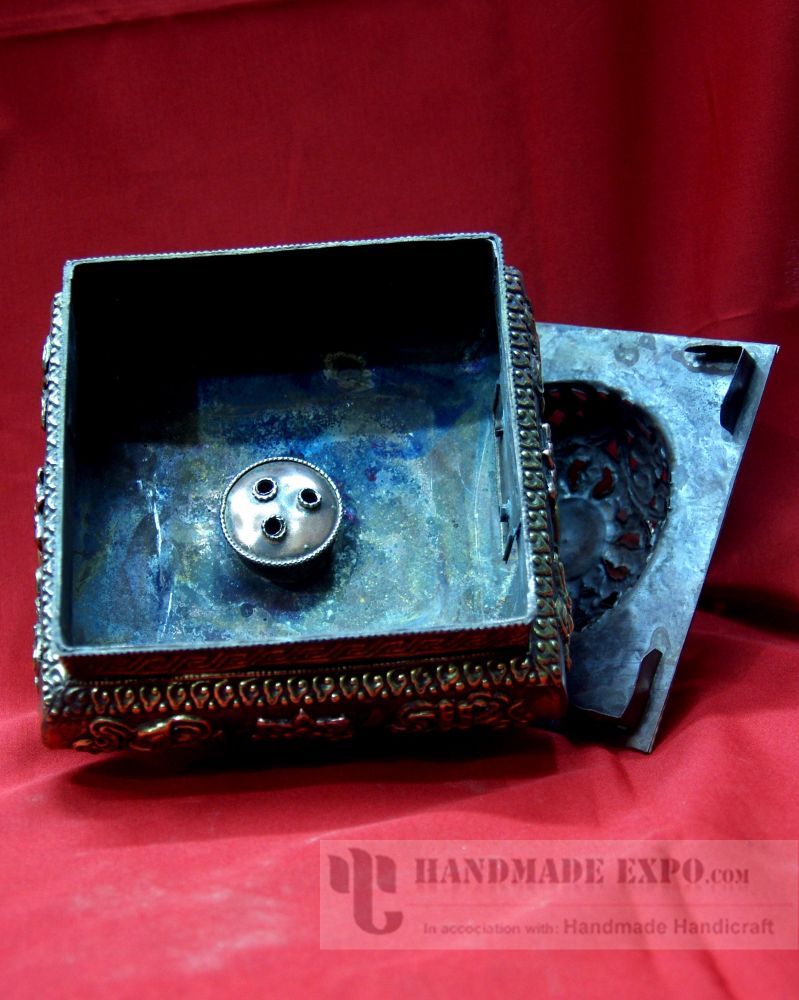 Oxidized,
Oxidized,  with Copper
with Copper 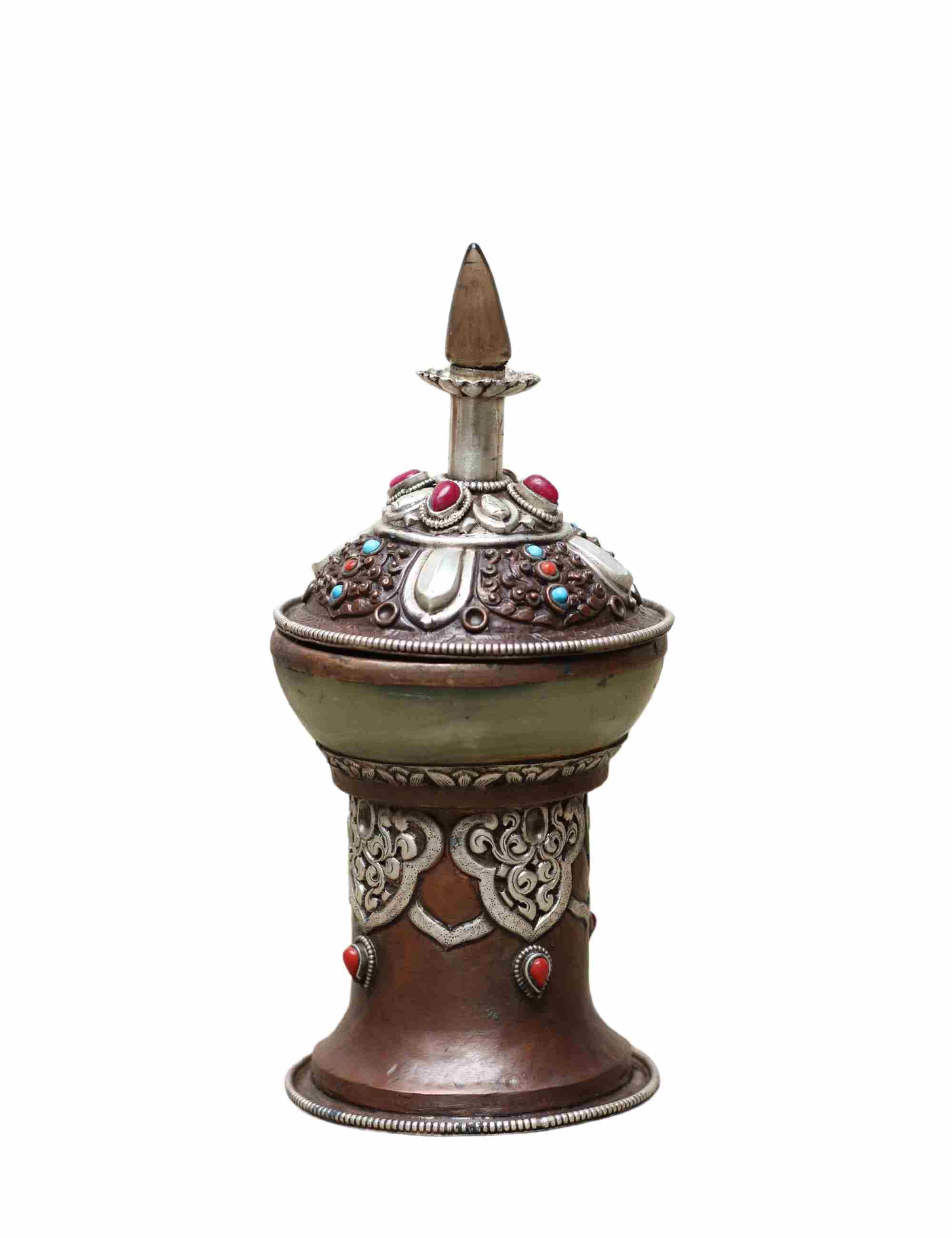 with Copper
with Copper